A chicken coop is a safe home for your chickens, giving them a protected place to live. But, just like anything else, chicken coops have their problems. We’ll examine some issues to understand the challenges of having a chicken coop. We will talk about the disadvantages of chicken coops. We’ll cover things like not having enough space for the chickens and needing to clean and maintain the coop regularly.
We’ll also know about potential dangers from predators, handle noise problems, and follow local rules about where to put your coop. By looking at these problems, we want to give you a good idea of what issues you might face when caring for a chicken coop. Knowing about these disadvantages will help you make smart choices.
So, let’s start knowing about the drawbacks of chicken coops to get some useful knowledge about taking care of your chickens.
1. Chickens Require Plenty of Time Investment
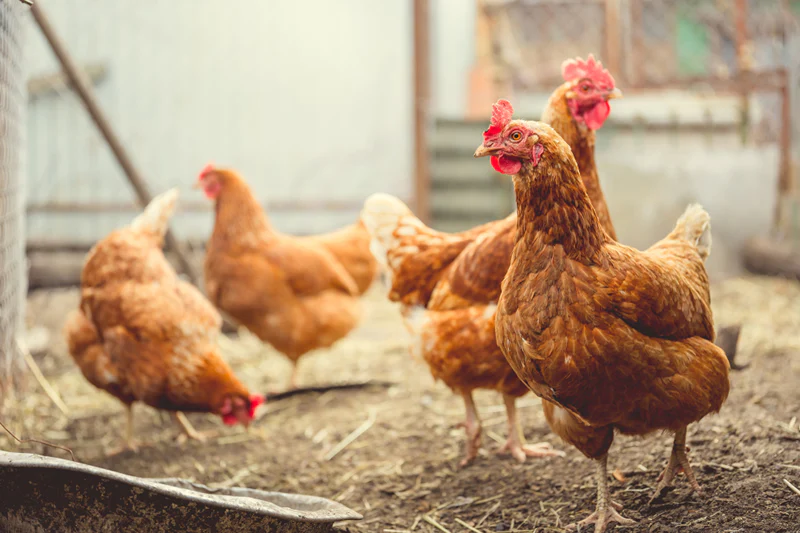
Keeping chickens involves more than just giving them food and water. They require daily care and attention, which includes feeding them, gathering eggs, keeping their living area clean, and protecting them from predators.
This can be challenging for people with busy schedules. Additionally, chickens may need occasional medical attention, leading to vet visits and potential costs.
2. Egg Production Goes Down in Winter

If you want a consistent supply of fresh eggs all year long, it’s important to know that egg production usually goes down a lot in the winter. Chickens are sensitive to how much daylight they get, and the shorter days in winter mess up their egg-laying routine. They need about 14 to 16 hours of daylight to lay eggs regularly.
To deal with this, many people who raise chickens add artificial lights in their chicken houses to make the days longer. But this means more work and more money. So, if you depend a lot on your chickens for eggs, you might have to think about other ways to get eggs or plan during the winter.
3. Chickens are Expensive
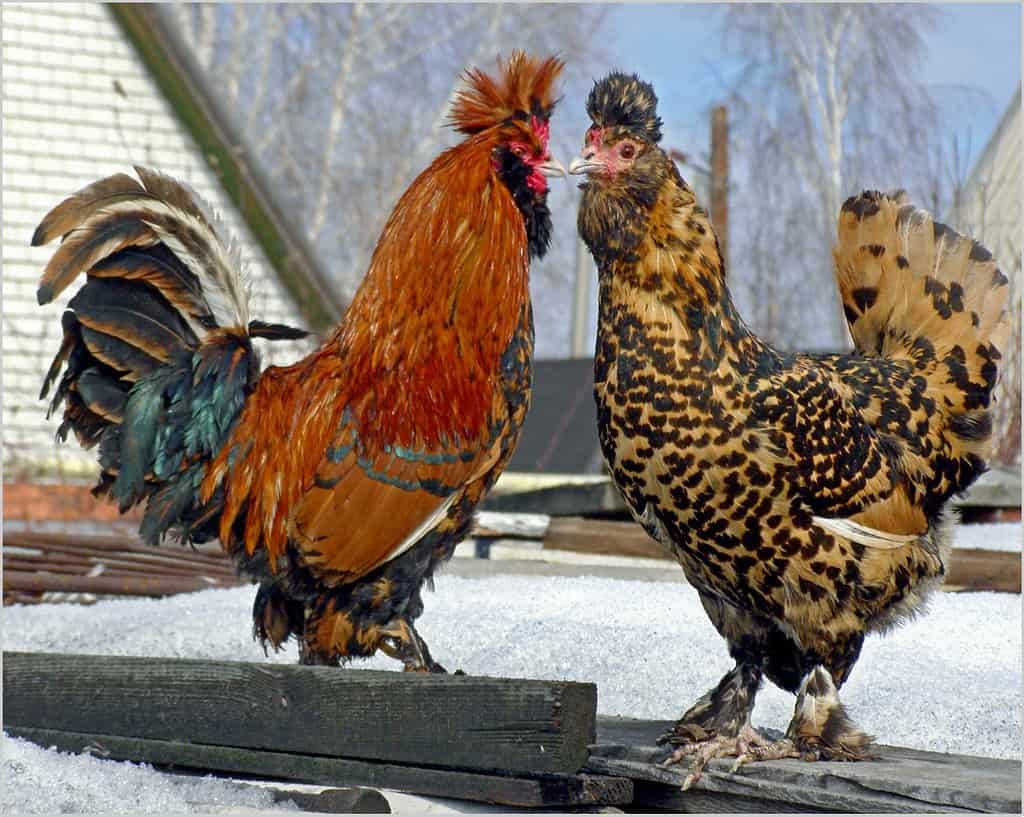
Keeping chickens can offer fresh eggs and meat, but it’s crucial to understand that it can be costly. Initially, you’ll need to buy a coop, feeders, waterers, and other types of equipment. Besides, you’ll have ongoing expenses such as chicken food, bedding, and healthcare.
If your chickens get sick, you might even need a vet, which can be expensive. Additionally, you’ll need to invest in good fencing and protection from predators to keep your chickens safe. So, make sure to plan your budget accordingly when thinking about getting a chicken coop.
4. Human-Animal Attachments
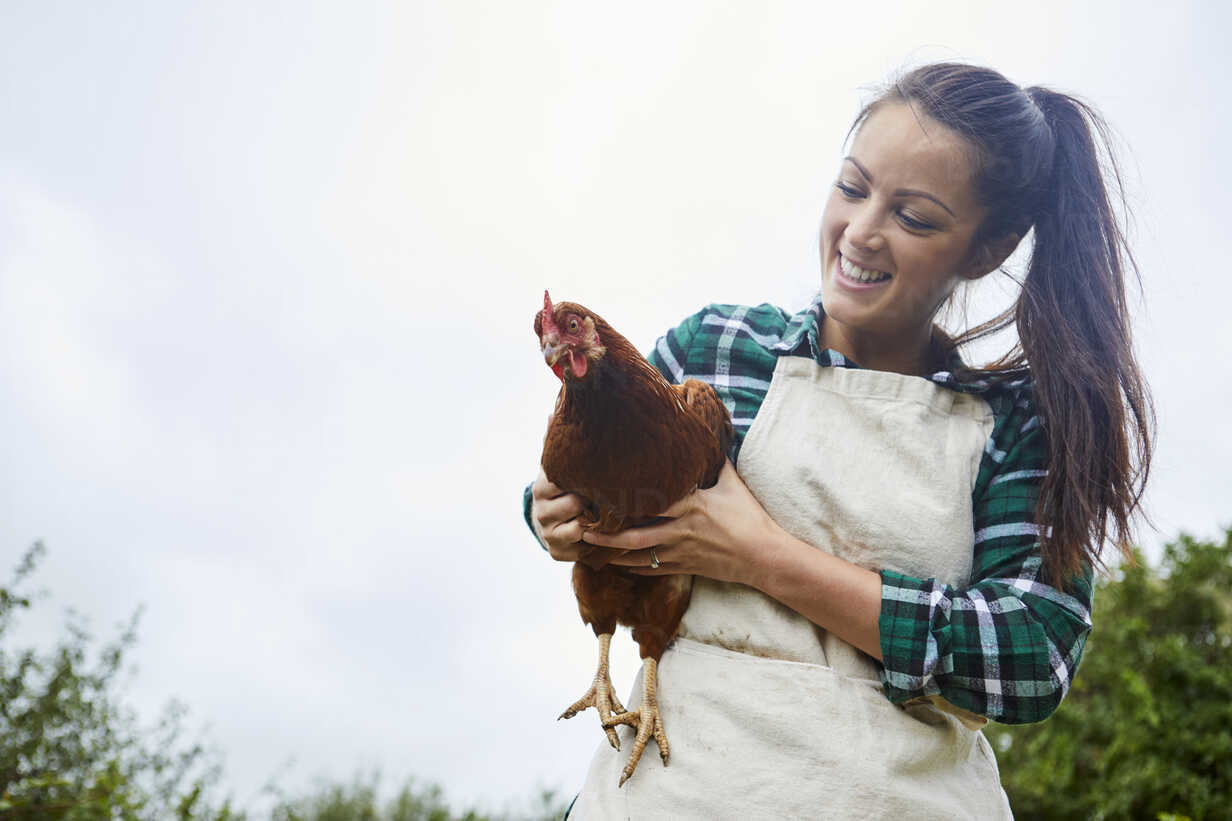
Many people forget that when you raise chickens, you can form strong bonds with them. Chickens can be quite friendly, making it tough when the time comes to say goodbye to a chicken, whether it’s because they’ve gotten old or for other reasons. This emotional connection can be hard.
Suppose your original plan was to raise chickens for their meat. You must be ready for the emotional side of chicken farming, which might involve making tough choices like deciding when to cull, sell, or process your chickens.
5. Vulnerable to Predation

Chickens can be easily targeted by different animals like foxes, raccoons, hawks, and even dogs. To keep your chickens safe, you should build a strong coop, make sure your fencing is secure, and sometimes lock the coop at night.
Predator attacks can be really bad and lead to losing your chickens. So, it’s important always to watch out and take action to keep your chickens safe and avoid these losses.
6. They’ll Destroy Your Garden
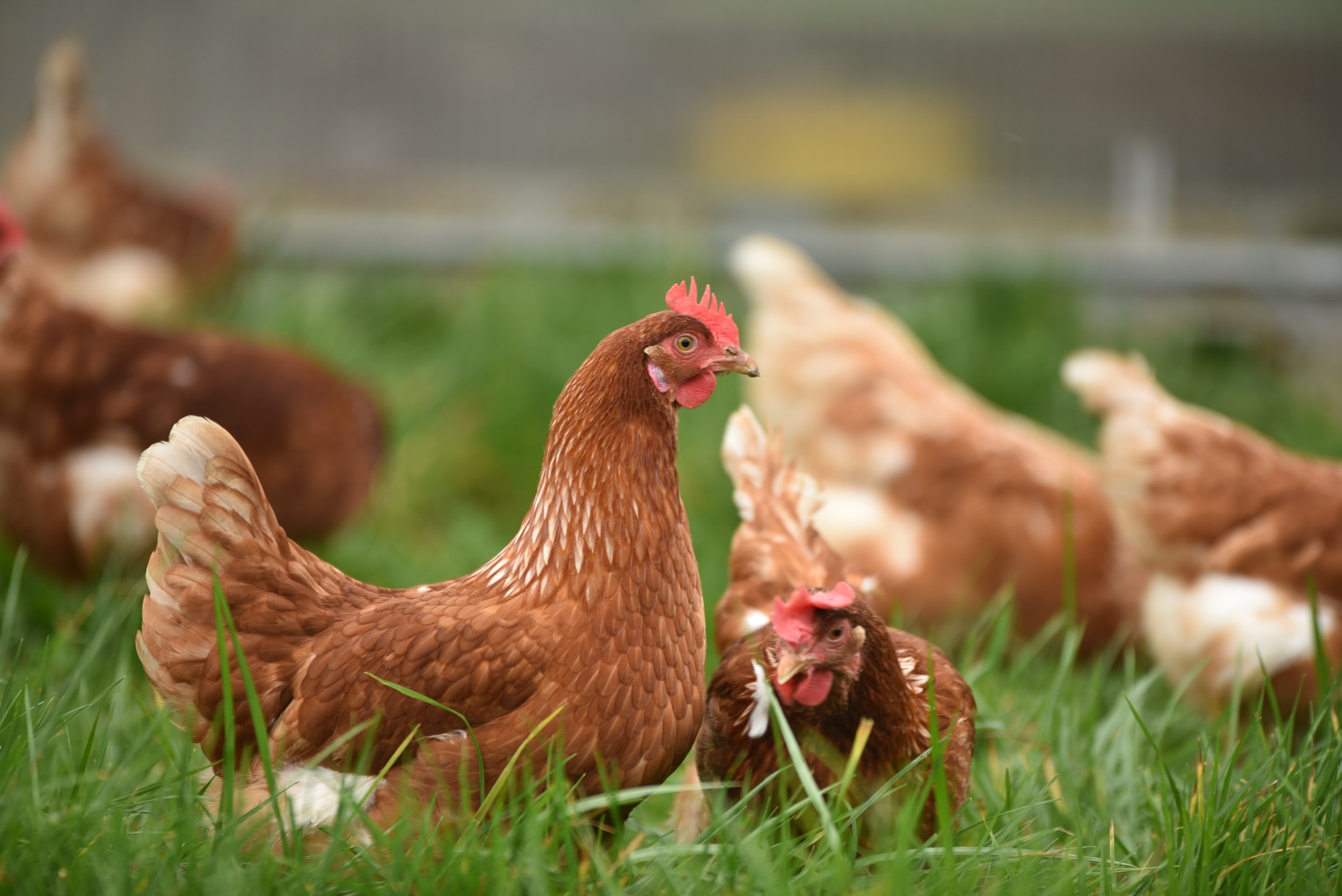
If you enjoy gardening and have chickens, you should know that your chickens might cause some trouble for your plants and flowers. Chickens have a habit of snacking on soft leaves and can eat young plants and veggies. They might also dig around in the soil near your plants, harming the roots. To keep your garden safe, consider putting up a fence or keeping your chickens in a different spot when your garden is most at risk.
7. Backyard Requires Space

When you decide to have chickens in your backyard, one big drawback is the amount of space they require. Chickens enjoy wandering around and searching for food by pecking at the ground. To make sure they are happy and healthy, you need to give them plenty of room. Ideally, for a regular-sized chicken coop, you should aim for at least 2 to 3 square feet of space per chicken.
Not having enough space can lead to overcrowding, which can cause stress, fights, and a higher chance of diseases spreading among them. Also, if chickens can’t move around and get exercise, their ability to lay eggs might decrease, and their overall well-being may suffer. Discover “small chicken coop plans” that cater to the unique needs of chicken breeding in our informative guide.
Conclusion
Chicken coops offer several advantages, but they also bring along a fair share of disadvantages to think. One major disadvantage is the need for consistent upkeep, as coops can become dirty, requiring regular cleaning. Another disadvantage is the financial aspect, as maintaining a coop can be costly. You’ll have to invest in materials, feed, and healthcare for your chickens.
Also, predators like foxes and raccoons may pose a threat, necessitating extra spending on security measures. Space constraints can also be challenging, as coops must provide enough room for chickens to move comfortably. Limited space can complicate matters. These disadvantages against the benefits are crucial to determine if keeping chickens aligns with your preferences.
Be sure to check out these other posts for more fascinating insights:

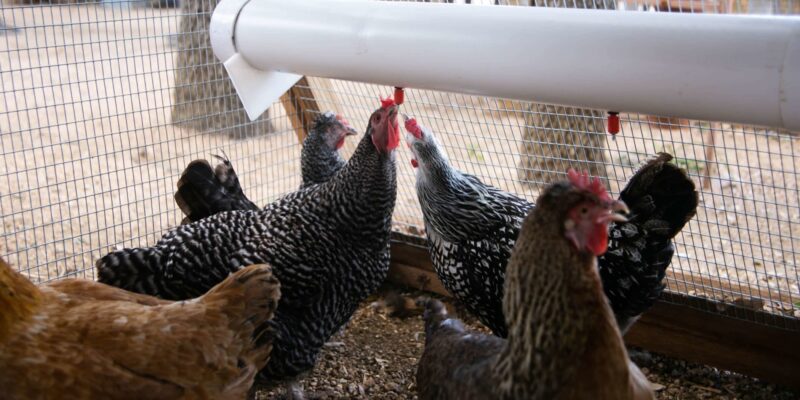








Comments